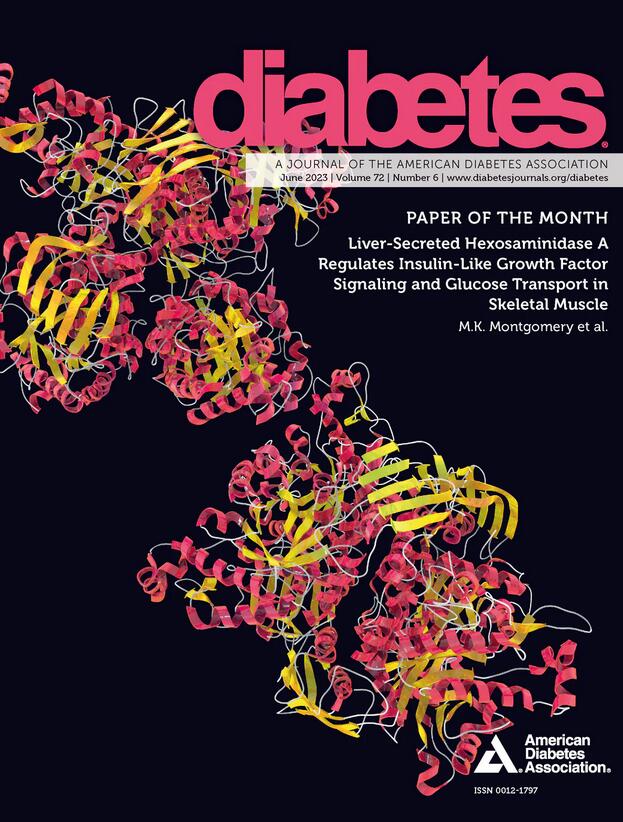An alternatively translated isoform of PPARG proposes AF-1 domain inhibition as an insulin sensitization target
IF 6.2
1区 医学
Q1 ENDOCRINOLOGY & METABOLISM
引用次数: 0
Abstract
PPARγ is the pharmacological target of thiazolidinediones (TZDs), potent insulin sensitizers that prevent metabolic disease morbidity but are accompanied by side effects such as weight gain, in part due to non-physiological transcriptional agonism. Using high throughput genome engineering, we targeted nonsense mutations to every exon of PPARG, finding an ATG in Exon 2 (chr3:12381414, CCDS2609 c.A403) that functions as an alternative translational start site. This downstream translation initiation site gives rise to a PPARγ protein isoform (M135), preferentially generated from alleles containing nonsense mutations upstream of c.A403. PPARγ M135 retains the DNA and ligand binding domains of full-length PPARγ but lacks the N-terminal AF-1 domain. Despite being truncated, PPARγ M135 shows increased transactivation of target genes, but only in the presence of agonists. Accordingly, human missense mutations disrupting AF-1 domain function actually increase agonist-induced cellular PPARγ activity compared to wild-type (WT), and carriers of these AF-1 disrupting variants are protected from metabolic syndrome. Thus, we propose the existence of PPARγ M135 as a fully functional, alternatively translated isoform that may be therapeutically generated to treat insulin resistance-related disorders.求助全文
约1分钟内获得全文
求助全文
来源期刊

Diabetes
医学-内分泌学与代谢
CiteScore
12.50
自引率
2.60%
发文量
1968
审稿时长
1 months
期刊介绍:
Diabetes is a scientific journal that publishes original research exploring the physiological and pathophysiological aspects of diabetes mellitus. We encourage submissions of manuscripts pertaining to laboratory, animal, or human research, covering a wide range of topics. Our primary focus is on investigative reports investigating various aspects such as the development and progression of diabetes, along with its associated complications. We also welcome studies delving into normal and pathological pancreatic islet function and intermediary metabolism, as well as exploring the mechanisms of drug and hormone action from a pharmacological perspective. Additionally, we encourage submissions that delve into the biochemical and molecular aspects of both normal and abnormal biological processes.
However, it is important to note that we do not publish studies relating to diabetes education or the application of accepted therapeutic and diagnostic approaches to patients with diabetes mellitus. Our aim is to provide a platform for research that contributes to advancing our understanding of the underlying mechanisms and processes of diabetes.
 求助内容:
求助内容: 应助结果提醒方式:
应助结果提醒方式:


